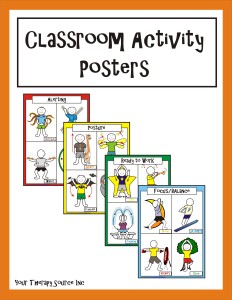Physical Activity and Adolescents with Autism

Adapted Physical Activity Quarterly published research on a questionnaire completed by 35 adolescents with autism spectrum disorder (ASD) and 60 typically developing (TD) adolescents comparing physical activity enjoyment, perceived barriers, beliefs, and self-efficacy. The results indicated the following:
- fewer adolescents with ASD enjoyed team sports – 65% vs. 95% of TD adolescents.
- fewer adolescents with ASD enjoyed physical education – 84% vs. 98% of TD adolescents
- more adolescents with ASD perceived that physical activities were too hard to learn – 16% vs. 0% of TD adolescents
- fewer adolescents with ASD believed that physical activity was a way to make friends – 68% vs. 97% of TD adolescents
- fewer adolescents with ASD preferred to do physical activity in their free time – 25% vs. 58%, of TD adolescents
- fewer adolescents with ASD felt that physical activity is fun – 84% vs. 98% of TD adolescents
This research can help to guide physical activity programming for adolescents with ASD.
Reference: Heidi Stanish, Carol Curtin, Aviva Must, Sarah Phillips, Melissa Maslin, Linda Bandini. Enjoyment, Barriers, and Beliefs About Physical Activity in Adolescents With and Without Autism Spectrum Disorder. Adapted Physical Activity Quarterly. 2015, 32, 302 – 317.

Classroom Activity Posters is a collection of 16 exercise activities, 4 large posters and a brief, simple video demonstration of each exercise. The posters are divided into four groups: posture, alerting, ready to work and focus/balance. All of the exercises are performed in standing. Try these activities prior to starting fine motor activities, for posture breaks, to refocus students attention and for vestibular/ proprioceptive input in the classroom.


